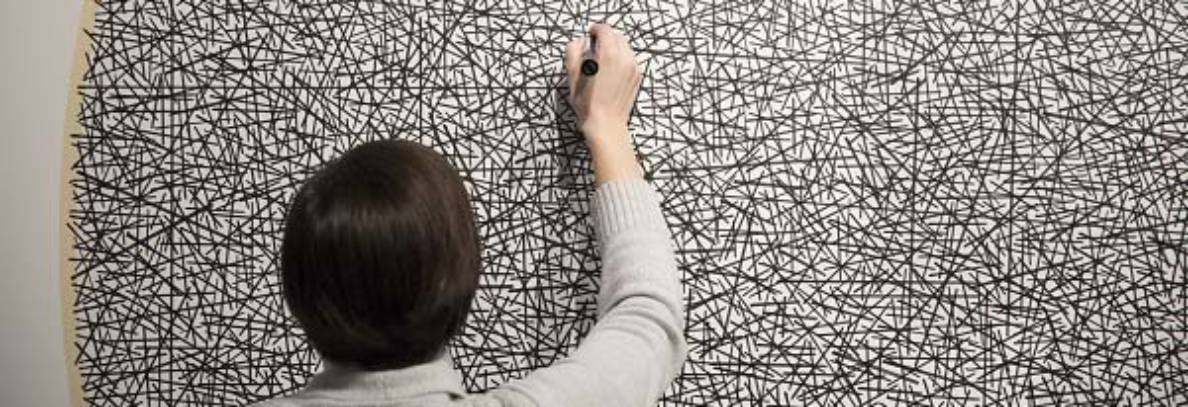Felix Gonzalez-Torres was born in Guáimaro, Cuba, in 1957. He earned a BFA in photography from Pratt Institute in Brooklyn, New York, in 1983. Printed Matter, Inc. in New York hosted his first solo exhibition the following year. After obtaining an MFA from the International Center of Photography and New York University in 1987, he worked as an adjunct art instructor at New York University until 1989. Throughout his career, Gonzalez-Torres’s involvement in social and political causes as an openly gay man fueled his interest in the overlap of private and public life. From 1987 to 1991, he was part of Group Material, a New York-based art collective whose members worked collaboratively to initiate community education and cultural activism. His aesthetic project was, according to some scholars, related to Bertolt Brecht’s theory of epic theater, in which creative expression transforms the spectator from an inert receiver to an active, reflective observer and motivates social action. Employing simple, everyday materials (stacks of paper, puzzles, candy, strings of lights, beads) and a reduced aesthetic vocabulary reminiscent of both Minimalism and Conceptual art to address themes such as love and loss, sickness and rejuvenation, gender and sexuality, Gonzalez-Torres asked viewers to participate in establishing meaning in his works.

Untitled
1989
Billboard

Untitled (Perfect Lovers)
1987-1990
Wall clocks

Untitled
1992/1993
Print on paper, endless copies

Untitled (It’s Just a Matter of Time)
1992
Billboard

Untitled (USA Today)
1990
Candies individually wrapped in red, silver, and blue cellophane, endless supply










